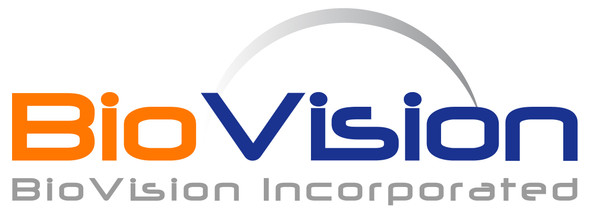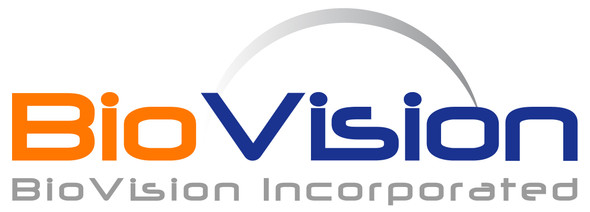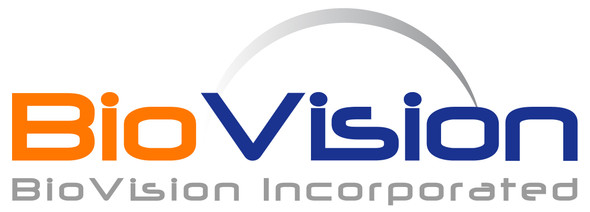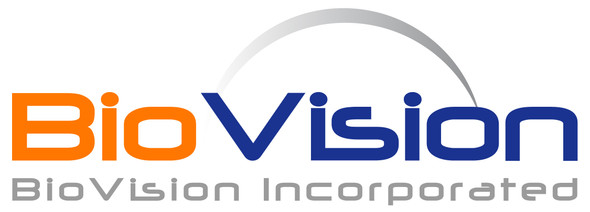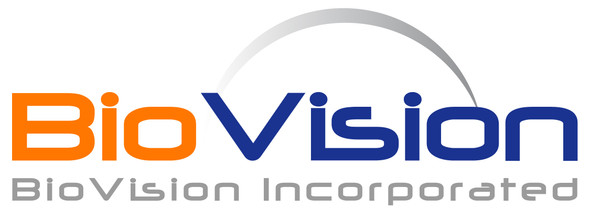Description
Src1, Active is available at Gentaur for Next week delivery.
A proto-oncogene
Biomolecule/Target:
Alternates names: Src, v-src sarcoma (Schmidt-Ruppin A-2) viral oncogene homolog, Class E basic helix-loop-helix protein 74, Short name=bHLHe74, Protein Hin-2, RIP160, Renal carcinoma antigen NY-REN-52, Steroid receptor coactivator 1
Synonyms: Src, v-src sarcoma (Schmidt-Ruppin A-2) viral oncogene homolog
Background Information: Src family belongs to non-receptor tyrosine kinases. Src was originally identified as a transforming protein of the Rous sarcoma virus (RSV) that had enzymatic ability to phosphorylate tyrosine in protein substrates. Src is overexpressed and activated in a large number of human malignancies and has been linked to the development of cancer and progression to distant metastases. In addition to increasing cell proliferation, a key role of Src in cancer seems to be the ability to promote invasion and motility, functions that might contribute to tumour progression. Oncogenic forms of the Src alter cell structure, in particular the actin cytoskeleton and the adhesion networks that control cell migration, and also transmit signals that regulate proliferation and cell survival. Recent work indicates that Src plays a role in these functions by influencing the RhoA-ROCK pathway that controls contractile actin filament assembly, the STAT family of transcription factors needed for transformation, and the Cbl ubiquitin ligase that controls Src protein levels. These studies also shed light on the role of focal adhesion kinase (FAK) downstream of v-Src and other signaling pathways in controlling migration, invasion and survival of transformed cells. Src directly phosphorylates integrins and can also modulate R-Ras activity. Moreover, it stimulates the E-cadherin regulator Hakai, interacts with and phosphorylates the novel podosome-linked adaptor protein Fish, and progressively phosphorylates the gap junction component connexion 43. In addition to the above functions and substrates, the role in cellular physiology of Src is continually expanding.
Reconstitution Instructions: N/A
NCBI Gene Symbol: SRC
Gene ID: 6714
NCBI Accession: P12931
Additional Information
Size: |
5 μg |
Country of Manufacturing Origin: |
USA |
Country of Animal Origin: |
USA |
Recombinant: |
Yes |
Source: |
Baculovirus (Sf9 insect cells) |
Purity by SDS-PAGE: |
≥90% |
Assay: |
SDS-PAGE |
Purity: |
N/A |
Assay 2: |
HPLC |
Endotoxin Level: |
N/A |
Activity (Specifications/test method): |
116 nmol phosphate incorporated into Src substrate peptide per minute per mg proteins at 30°C for 15 minutes using a final concentration of 50 µM ATP (0.83µCi/assay in 25µl reaction volume). |
Biological activity: |
N/A |
Results: |
N/A |
Molecular Weight: |
85.0 kDa |
Storage Temperature: |
-80°C |
Shelf Life: |
12 months |
Concentration: |
5µg/50 µl |
Appearance: |
Liquid |
Handling: |
Centrifuge the vial prior to opening. |




